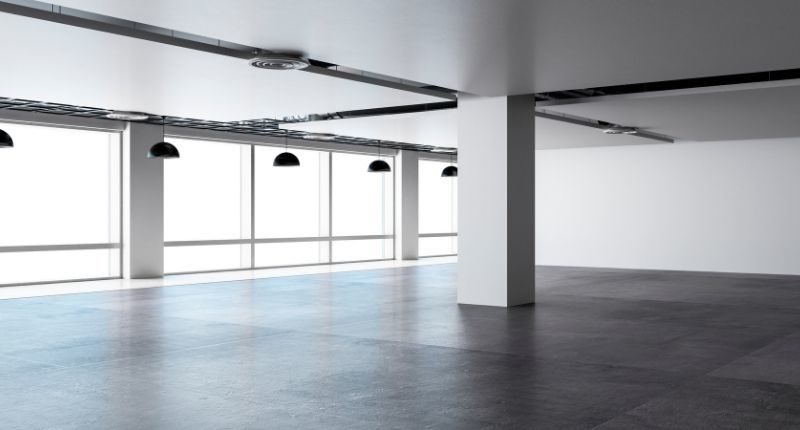- CBRE's Melbourne Office Viewpoint says it is unlikely there will be a decline in incentives for the next year
- Melbourne CBD prime net effective rents was $480sqm in Q1 2019
- By Q1 2021 this dropped $404sqm
CBRE has released its Melbourne Office Viewpoint which provides an outlook for office leasing incentives in Melbourne.
Commercial lease incentives refer to either payments or concessions offered by a landlord as a way to encourage a new tenant to sign a lease – or to entice a renewal from an existing tenant.
The outlook concludes that there is unlikely to be a decline in incentives until Q1 of 2022 in the Melbourne CBD and Q2 or Q3 of 2022 for metropolitan Melbourne.
“While the first half of 2021 has heralded some promising signs for Melbourne’s office market amid some sublease withdrawals and lease deals, continued high levels of supply are applying upward pressure on vacancy rates, which are expected to reach approximately 11.9% by Q4 this year,” said CBRE Senior Research Analyst Nick Baring.
“Coupled with the emerging trend of hybrid working, this will likely delay the recovery of rents and incentives into 2022 unless mid-sized tenants begin to expand.”
Nick Baring, CBRE Senior Research Analyst
Prior to the pandemic, Q1 2019 prime net effective rents in the Melbourne CBD were $480/sqm before declining to $464/sqm by Q1 2020. As of Q1 this year, this declined even more to $404/sqm, representing a 12% year-on-year fall.
By Q4 2021, this is further expected to decline to $391/sqm due to a high level of Melbourne sublease stock and rising incentives – which have recorded a year-on-year increase from 26.83% to 36.97%.
Mr Baring added that institutional landlords in particular have offered tenants attractive rent-free periods, fit-out contributions and even early access.
“Private landlords without the capital depth to compete will be most impacted in this environment as the flight to quality trend becomes more profound.
“However, the tide will turn as new supply declines, domestic travel restrictions cease, international borders open, and with sustained normality through virus control that allows more employees to continually return to the office.”
Angelo Pavenello, Victorian head of CBRE Office Occupier team, noted activity was starting to increase with many firms implementing strategies to encourage the workforce to return to the office.
“The strongest interest is in space offering an existing fitout, which reduces the need for capital expenditure spend in an environment governed by ongoing cost constraints,” Mr Pavanello said.
“This is encouraging landlords to undertake speculative fit-outs, with lower incentives being applied to fitted out space.”
Of course, time will tell how Melbourne’s hard lockdown – the fourth since the pandemic began – will impact incentives.








